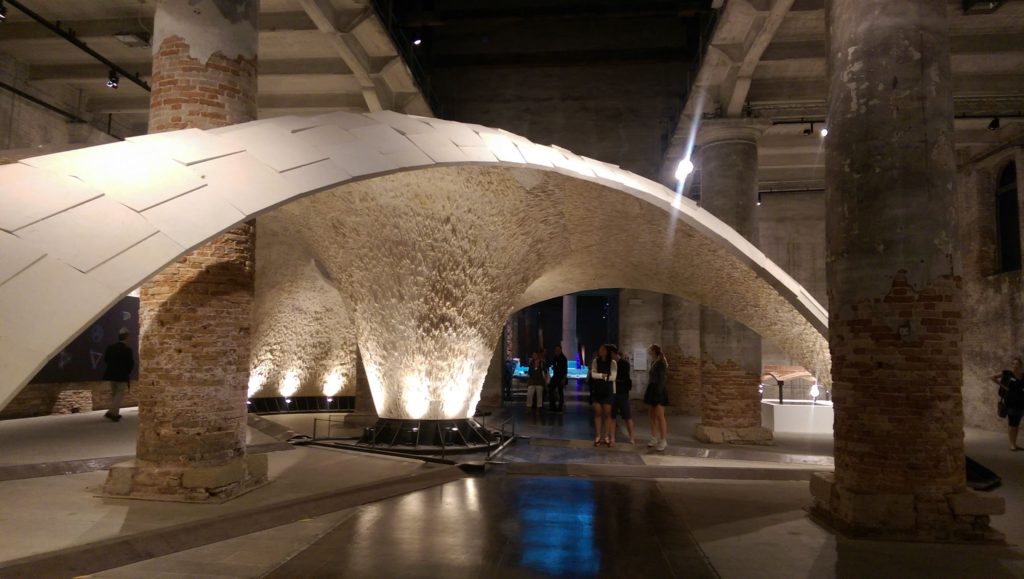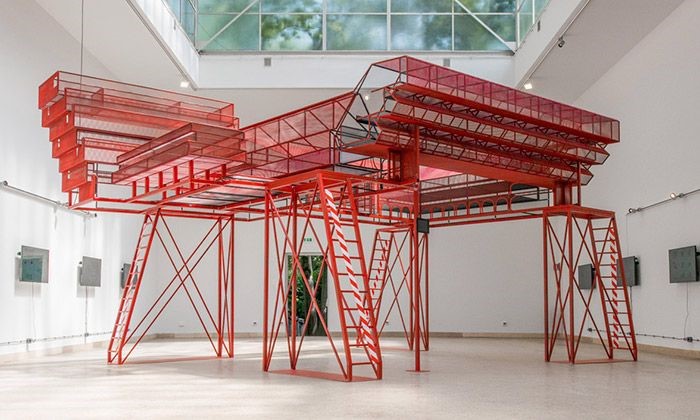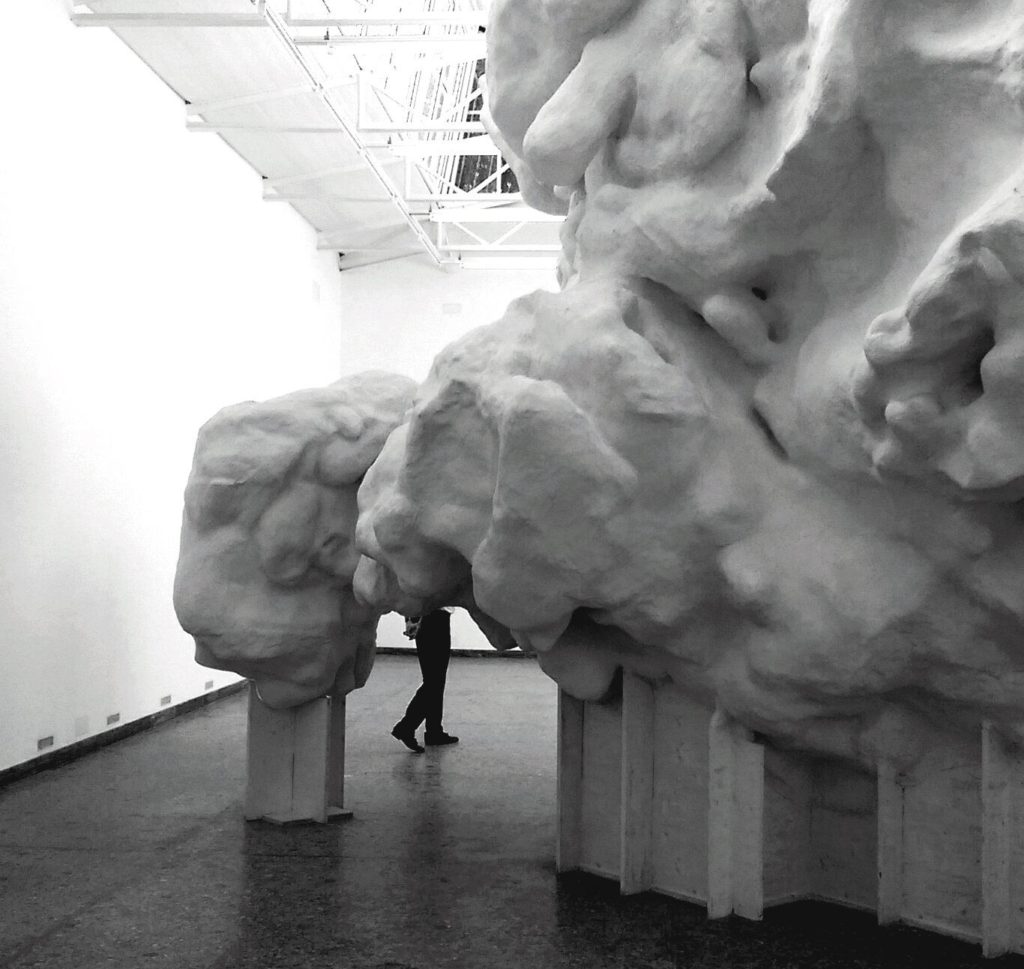
Many projects of the current architecture are borrowing ideas from the architecture pieces that were already built and worked out in detail. This shortcut was eliminated in the Biennale’s contributions at Swiss pavilion. The organisers did not wish the showcased space to point to another place. Therefore, the space strives to work as an event at a certain place, for a certain time. The pavilion of the Czech and Slovak Republics represents the work of architecture focusing on the controversial building of the Slovak National Gallery which has both many fans as well as many opponents. Other designs are addressing the possible availability of quality materials, e.g. simplification of expensive lightning, simplification of an expensive construction process, simplification of expensive operation of buildings, ecological aspects, available natural materials, and so on.
This year’s Biennale of Architecture has proven it may be more than just the place for celebrating and showcasing extraordinary examples of architecture, and that rather than only presenting a certain status quo in the current architecture, it can reveal a much deeper role of the profession. The Biennale has set an uneasy task to find a clear way of presenting to a common visitor not only the results of already completed projects, amazing due to their technical and design invention, but also draw the visitors into the process of development, creation, research, and experiment in the architecture for less affluent social groups and less privileged parts on our planet.
Alejandro Aravena, director of Venice Biennale 2016 and fresh holder of the Pritzker Architecture Prize works on moving the very reasons of architecture the same way as he has been doing himself in his native Chile for many years. Rather than focusing on itself as an exceptional service for paying clients, architecture presents itself as an assistant for solving the global housing inequality. Aravena and his followers strive to involve architecture in the areas outside its existing expertise: finding solutions for urban slum areas, denatured cities, conflict zones, ecologically endangered areas, settlements distant from nets and infrastructure, and so on.

Czech – Slovak Pavilion
”We believe that the development of architecture is not the goal by itself, but the way of improving the quality of people´s lives,” shares Aravena on the occasion of the Biennale opening. In other words, his Biennale is not persuading the question of the characteristic of the architecture that improves the quality of housing, but rather the question of how to make the architecture work this way.
This year’s Biennale billboard shows a lady observing the landscape from the top of a ladder. “I immediately fell in love with that picture,” says the president of the Biennale Paolo Baratta, “because it represents the exhibition accurately, with our attitudes and goals. What can the lady see from that ladder? Gigantic lanes of human settlements which no person could feel proud of, a never ending line of missed opportunities to act intelligently as a human kind. A lot of this is tragic and it seems to mark the end of architecture. However, she can also see the signs of creativity and hope, and she can see them here and now, not in some uncertain, longed-for, ideological future.” Unlike the past biennales, the current one avoids the temptation to represent architects just as the artists. It shows their contact with the public as well as all possible parties involved in the decision process of construction. The architecture is presented with the image of the most political of all arts and in the role it should play: being able to bring boldness and creativity into the pragmatism and functionality.

Swiss Pavilion
It is not always easy to proceed from theory to practice and reach such a level of expansion and synthesis while experiencing the threatening lack of the means, especially in poorer countries where ruthless constraints, lack of time, and demands of all kinds represent a constant threat, which explains why these countries lag behind the quality so often. However, it is not only in poor countries where greed and impatience of the capital, conservatism and bureaucracy tend to produce a trivial, average, and boring environment. The Biennale presents the architecture wishing to bring the change.
Therefore, we should not expect fantastic, elegant, and expensive projects from this year´s Biennale. You will see much more. The effort to harmonise artistic cultural aspect and basic housing needs. The Venice Biennale is open till 27 November 2016.
By Iva Drebitko

